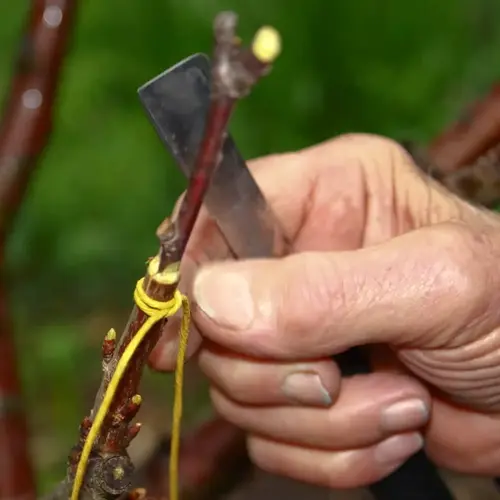How do you identify plant diseases?

Written by
Nguyen Minh
Reviewed by
Prof. Charles Hartman, Ph.D.You notice that some of your plants look sick and are wondering how to identify plant diseases. I found myself in a similar situation last summer when my prize tomatoes began to develop strange spots. Proper identification is crucial because a misdiagnosis can lead to the death of plants and the waste of time, materials, and resources. First things first, examine the leaf structure, stems, and roots systematically.
Identify the initial warning signs including leaf discoloration or growths of abnormal size. Fungal infections commonly are shown by a powdery appearance and bacterial problems, if any exist, cause spots of a wet appearance. Watch for patterns: spreading symptoms indicate biotic diseases, while uniform damage of all parts of the plant indicate environmental stress. Record any changes by taking dated photographs so that the progression can be followed.
Leaf Inspection
- Check both leaf surfaces for spots, holes, or discoloration
- Note patterns: uniform yellowing vs irregular lesions
- Feel texture changes like powdery residues
Stem Assessment
- Look for cankers, oozing, or abnormal swelling
- Test firmness by gently squeezing stems
- Check for insect holes or sawdust-like frass
Root Analysis
- Gently expose roots checking color and texture
- Healthy roots are white and firm not brown and mushy
- Smell for rot odors indicating fungal issues
Utilize effective digital methods in conjunction with manual inspection. Applications such as Plant.id analyze through photos, comparing them to disease databases. Provide high-quality images that show the affected areas from multiple angles. Verify the results of the applications with gardening references to ensure an accurate diagnosis.
Differentiate between problems that look similar. Nutrient deficiencies cause yellowing but do not result in spreading patterns. Environmental stress can inflict uniform damage, whereas spotty infections may vary. For any uncertainty, consult local agricultural extension services for soil testing and professional advice.
Read the full article: Comprehensive Guide to Identify Plant Diseases

